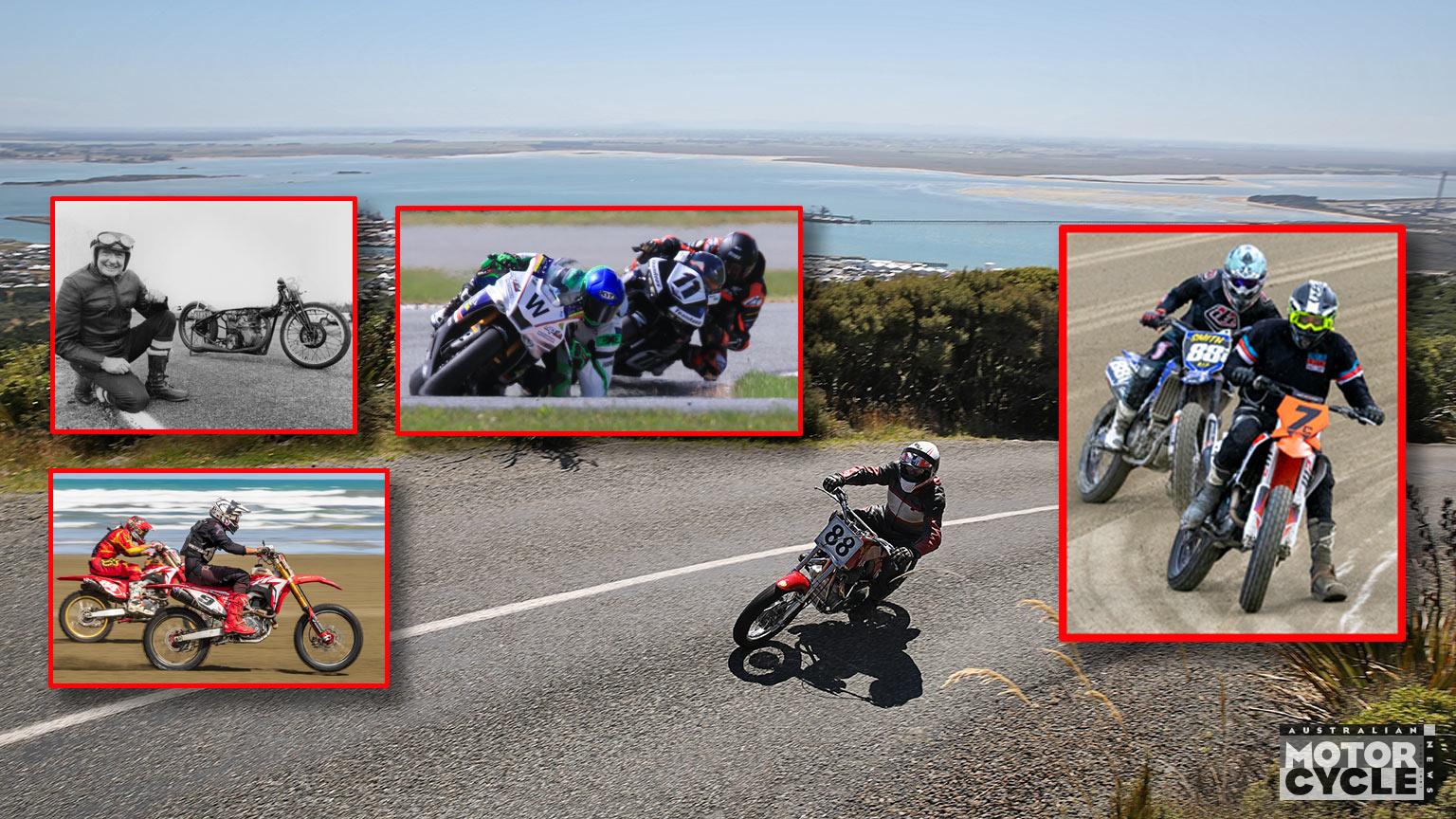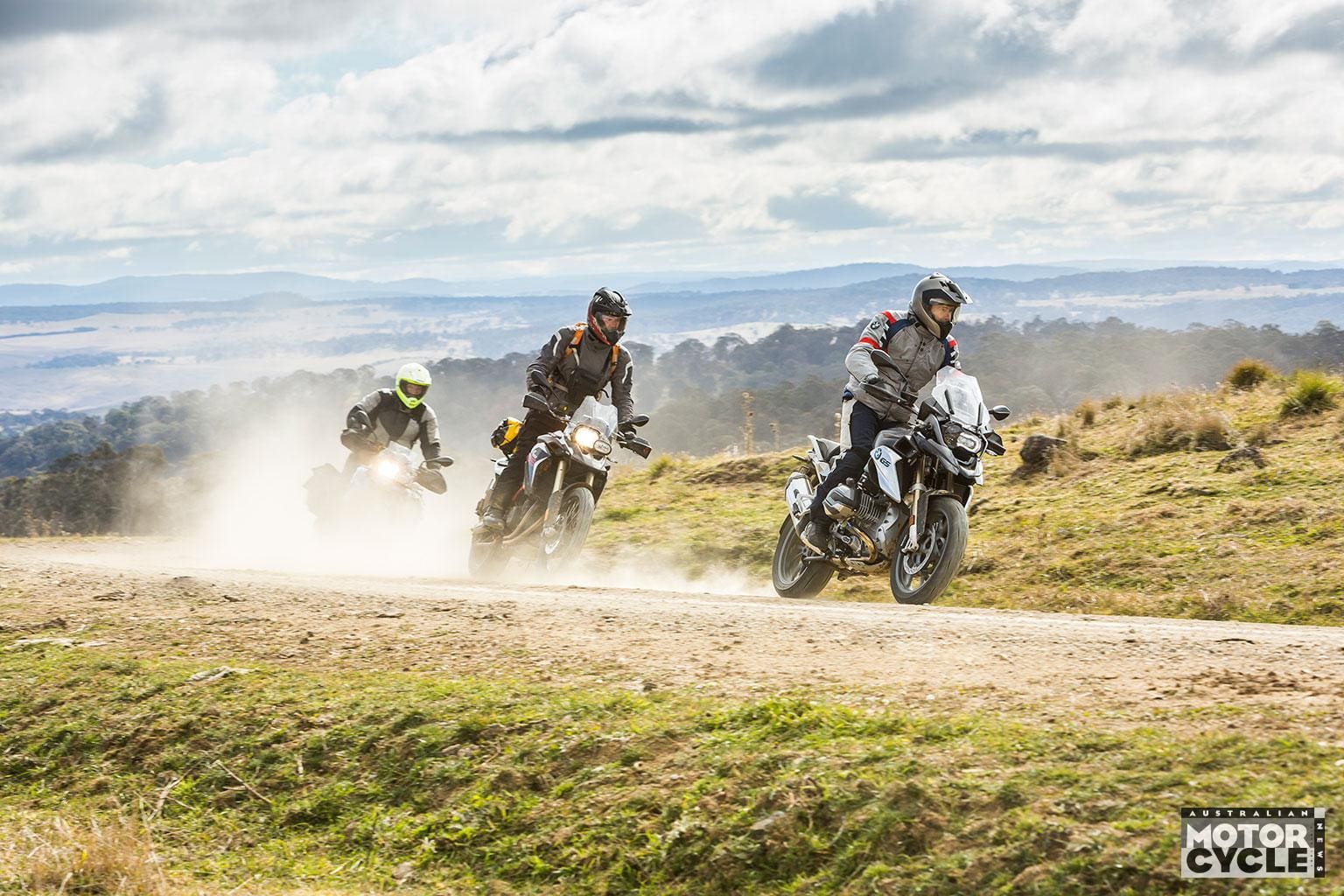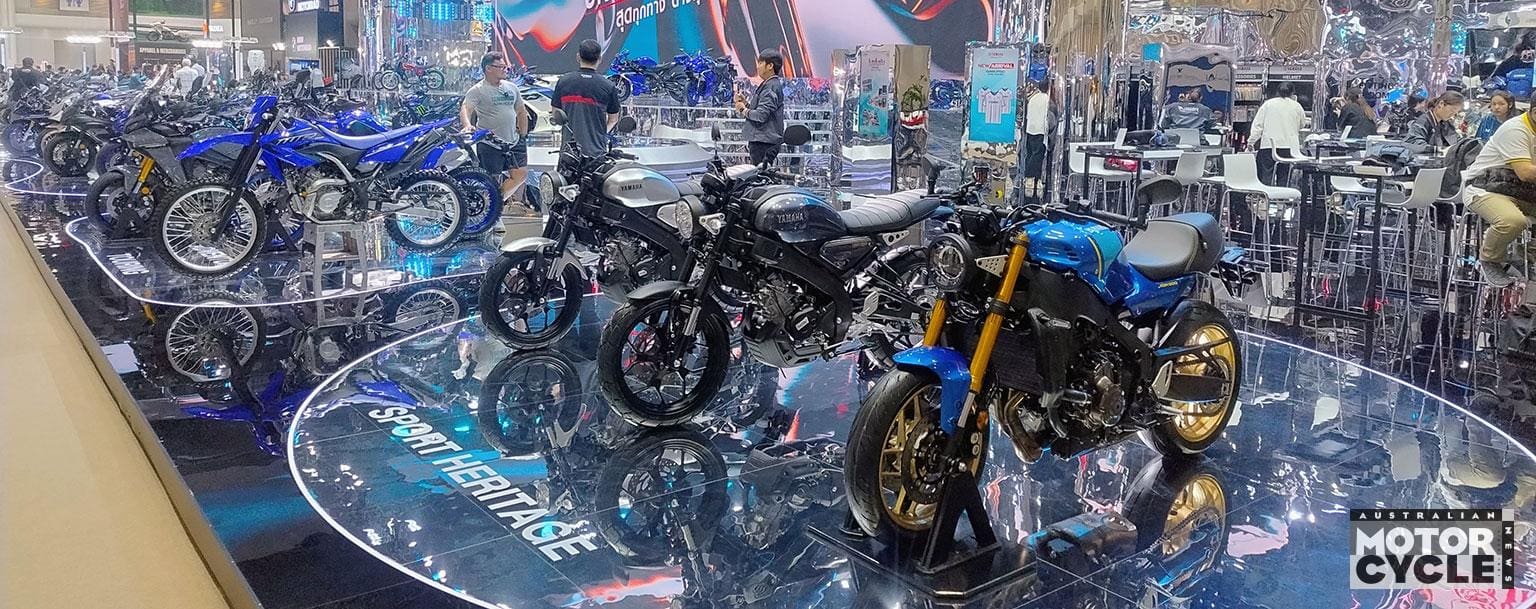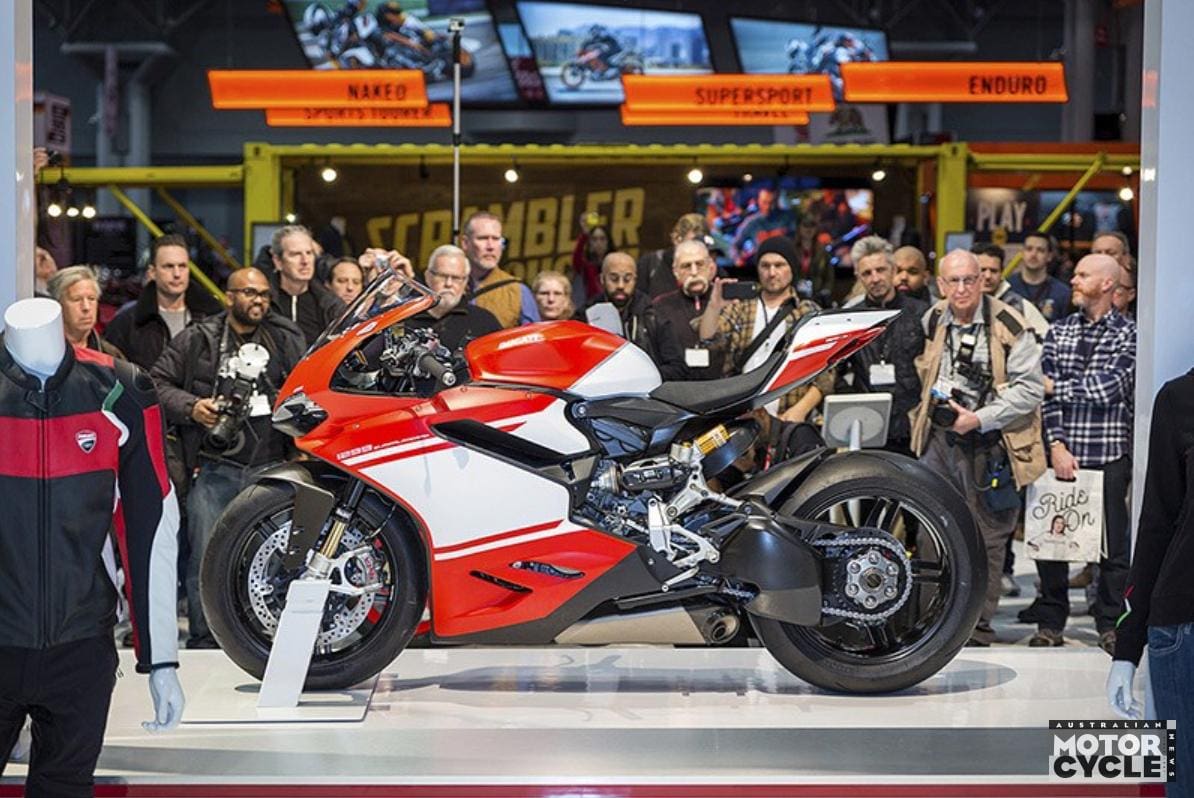The take-up of electric motorcycles is nowhere near what many predicted, which is why Royal Enfield is taking a slightly different approach with its forthcoming EV platform
Electromobility in the roadbike space is a tricky game. On one hand there’s increasing pressures from both legislators and society to strive for fewer emissions, but the reality of packaging enough batteries into a motorcycle chassis to achieve anything approaching the equivalent energy density of even a small-capacity internal combustion engine really isn’t feasible at this time.
We’ve seen many try. Mainstream brands such as Harley-Davidson have dabbled in the big-bike sphere with limited success. The big-four Japanese have come together with various other brands, including KTM and the Piaggio Group, to create the Swappable Batteries Motorcycle Consortium, which not only widens the scope of usability by negating the downside of having to wait for batteries to recharge, but they’re presumably also sharing the costs of associated R&D and the infrastructure rollout.
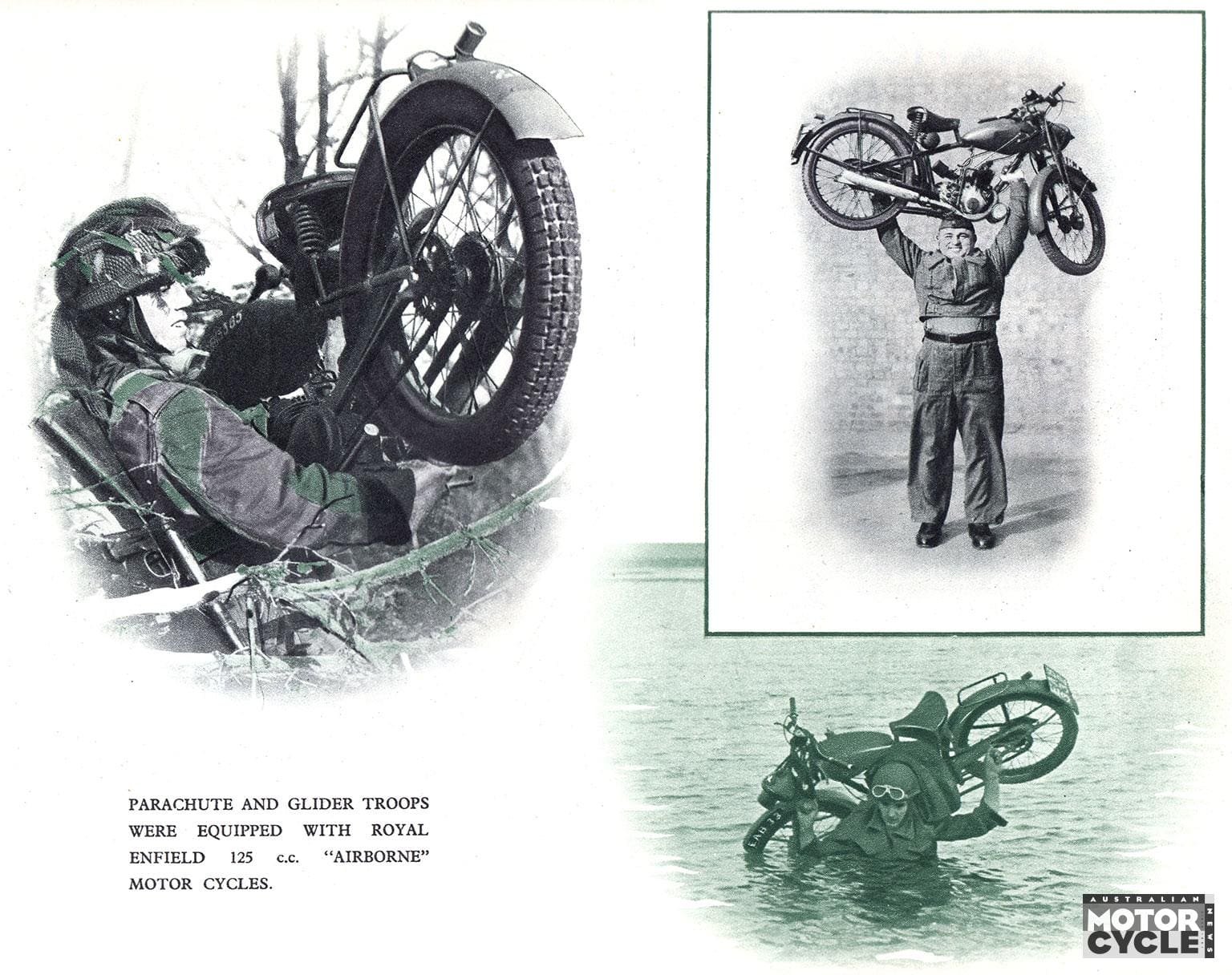
Then there are countless niche electric brands which have invested an enormous amount of resources into the tech hoping to get ahead of the curve, many of which have gone bust; think Fuell, Brammo, Alta, Mission. Not even the knowledge and exposure gained through being the official supplier of MotoGP’s MotoE world championship bikes for four years was enough to save 14-year-old electric brand Energica, which filed for bankruptcy just one month ago.
So why would a brand like Royal Enfield, whose entire product strategy is based around nostalgia, want to meddle in a segment that feels way out of its domain?
The answer, which AMCN discovered at a preview launch event at the annual EICMA show in Milan, is two-fold. The first is because even though roadbikes are still a long way from experiencing the ‘Tesla effect’, the legislative and societal expectations aren’t going away. Secondly, Royal Enfield firmly believes it has the intel, patience and, importantly, the bank balance required to succeed.

Strategic investment
There’s one electric brand that is making big gains in its specific field and that’s Stark Future. Aimed squarely at the motocross sector, Stark’s Varg is so far one of the few examples where electric motorcycles are beating their internal-combustion equivalents at their own game. That’s because in a motocross application, where races are no longer than 30 minutes, a Varg can exploit the acceleration advantages of an electric motor’s instantaneous torque without having to worry about the detrimental effects accessing such has on range.
This time 12 months ago, the FIM was trying to ban the brand from competing in events alongside petrol-powered bikes as it scrambled to get its head around the unique safety requirements, or so it said. Now Stark’s Varg is slowly but surely being cleared to race in events all around the world and is notching up race, round and championship wins as we speak.
It’s no coincidence then that Royal Enfield’s parent company Eicher Motors invested €50 million ($A80m) in the European brand in December 2022 in what it said at the time was a “a long-term partnership in collaborative research and development in electric motorcycles, technology sharing, technical licensing and manufacturing”.
The first fruits of that partnership appeared 12 months ago at EICMA when Royal Enfield showed the Him-E electric prototype alongside the then new water-cooled 450cc Himalayan which, incidentally, still remains the only water-cooled engine in the company’s entire line-up. Referred to at the time as a ‘laboratory’ bike rather than a precursor to a forthcoming EV adventure bike, the Him-E was a means by which Royal Enfield could begin unpicking Stark’s know-how to work out how to present the electric technology in an application more akin to RE’s nostalgic approach.

The testbed, which has come a long way even in the last 12 months, was on show again at this year’s EICMA and is a completely different bike to what was shown 2023, such is the rate of development in the EV space.
“The batteries are different, motor is different – it’s all different, all new,” Eicher Motors CEO and Royal Enfield head honcho Siddartha Lal told me. “It’s our testbed for everything we do electric. Any idea we have, we pop it in here; new way of screen interaction; we have the electronic suspension; we just try everything different, new, on this. Hopefully next year, some of you get to ride it (but) it’s not for production… unless of course something drastic happens.”
What is set for production though is the first model under the newly announced Flying Flea sub-brand called the C6, a lightweight classic-styled electric offering boasting a girder-style fork and a single seat. It’s still 12 months away from being in dealerships, so no official specs have been released, but it will be joined soon after by a scrambler-styled S6 with a more conventional telescopic fork.
While the C stands for Classic and the S for scrambler, the 6, we’re told, was chosen because it’s “that almost-middle spot. There are many different plans that are below six and above six”. So that indicates we can expect more or less powerful offerings represented by higher or lower numbers in the future.
“But also, we wanted to keep it alphanumeric because we already have Royal Enfield (as a) double barrel. Hopefully over time people will not refer to it as Royal Enfield – it’s a Flying Flea. And C6, S6 and beyond.”

Learning the lessons
It might not feel like it, but electric bikes have been around long enough for Royal Enfield to be able to learn from previous brands’ successes and mistakes.
Around the same age and with an arguably richer legacy, Harley-Davidson entered the EV sector in 2019 with the LiveWire. While it stuck with similar weight, performance figures and price tag of large-capacity Harleys, it swapped the traditional cruiser styling for a modern sporty nakedbike look which was ultimately a bridge too far for even the electric-curious welded-on Harley fans.
Two years later, the LiveWire’s model designation was separated out and turned into the firm’s electric sub-brand, which now includes four individual models. Not only does LiveWire speak to a different audience than its thumping, gas-guzzling V-twins, but it allows H-D to streamline and individualise its dealer network in terms of sales, inventory, servicing and accessories.
In hindsight, the LiveWire sub-brand makes great marketing and logistical sense, and it’s this experience which surely led Lal and Co to separate the Flying Flea sub-brand out from the oh-so-nostalgic Pure Motorcycling ethos of Royal Enfield. Not that the Flying Flea isn’t dripping in its own nostalgia; the somewhat strange name harks back to a RE military motorcycle from World War II; the original was a lightweight 126cc two-stroke specifically designed to be parachuted with troops to the ground behind enemy lines. Read into that what you will.

Thorough consultation
The C6 isn’t some slapped-together project designed to show that Royal Enfield is keeping up with the emissions-conscious Joneses. Headed by the firm’s Chief Growth Officer for Electric Vehicles, Mario Alvisi – as well as being responsible for Ducati’s relaunch of the Scrambler brand in 2014 – has a CV that includes Alfa Romeo, Abarth and electric hydrofoil brand eFoil. And while he’s only been on the Royal Enfield books for just under two years, Lal revealed the Indian firm has been working on bringing an EV offering to life for the past six. And a lot of that work has been in consultation with more than 5000 consumers in a bid to understand exactly what the market needs, what it is and isn’t ready for, and what a decade of EV experience has taught it.
“We’ve taken years to understand in-depth what could work and what wouldn’t work,” explained Alvisi. “(There are) some big motorcycles that are very nice, but they cost a lot of money (and there are) some commuter products that are convenient and affordable, but the experience is not incredible. We really studied the market in a hundred different ways… and we believe there is a sweet spot between them.”
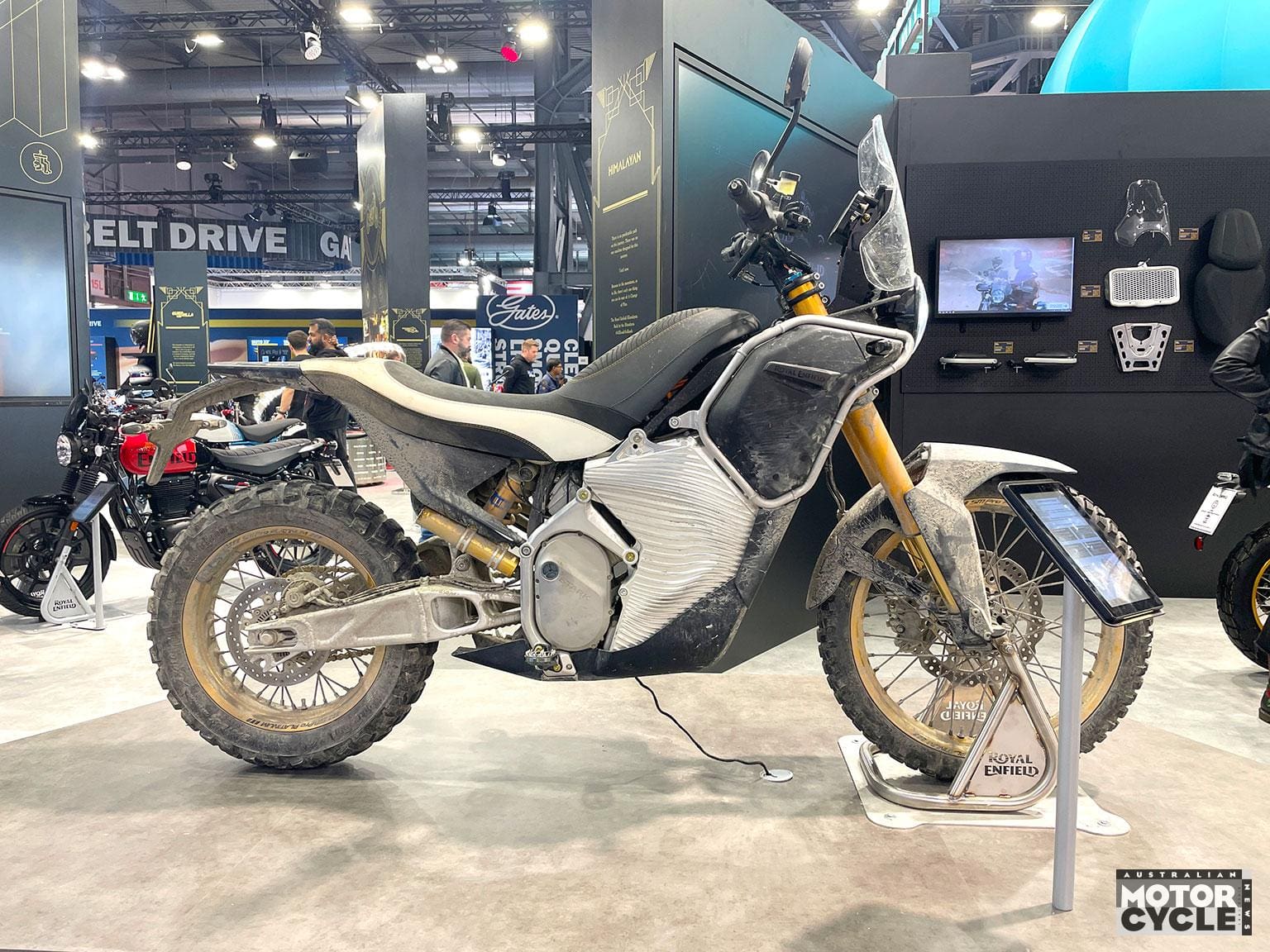
Lal explained how they arrived at the so-called sweet spot: “We had an epiphany a while ago that we’re not going to do bigger motorcycles on electric, because that doesn’t work. But we saw that scooters in some markets are working; small battery pack, relatively light weight, good packaging… but then we said we don’t want to do that.
“So, can we do something a step or two above that gives the same convenience but with a lot more character and fun factor?”
To that end, the team decided what was missing in the two-wheeled EV market was a bike that was lightweight, good-looking, fun, premium and, the most important but hard to achieve bit, is what Lal describes as “city plus”. So, while any detail around the battery or its expected range is still yet to be formally announced, Lal is adamant all Flying Flea-branded EVs will have a slightly higher range capability than your average electric inner-city commuter.
“For when you want to do extra, when you want to go a little bit out (of the city),” he explained. “But this is not for long distance. Because as soon as you go long distance, (you get) all the battery-pack issues; it becomes big, heavy, expensive – all of that.”

What we do know
As well as having the range capability to be ‘city plus’, which when pushed the following day Alvisi revealed: “It’s very good. It’s perfect to go in LA from Marina del Rey to Ventura and come back.”
That’s a 250km loop, which by today’s lightweight electric motorcycle standards is, as Alvisi said, very good. Of course there’ll be circumstantial factors at play that will affect that figure, such as inclines, ambient temperature, selectable output modes, etc., but as a starting point 250km appears promising.
Another decision informed by the extensive market research was to make the batteries non-removable. So while well over 30 brands have become signed-on members of the innovative swappable battery consortium, Royal Enfield believes that not only are the technical and packaging compromises required to make a battery removable greater than the benefits it can offer, but it’s a feature many consumers no longer want.
“We spoke with more than 5000 people, and many of them already have something with a removable battery. They told us they bought the vehicle because of the removable battery, but now they are not removing it for many reasons,” Lal said. “(The first is) many feel pain to carry a heavy battery… second, there is a problem with removable batteries being stolen, especially for vehicles that you park on the street.”
Perhaps unsurprisingly, Royal Enfield’s approach to charging is similarly uninfluenced by the rest of the market.
“We developed our own philosophy on charging as well because we want to have something that is easy to charge everywhere and in a fast way and with affordable price,” Lal said. “You won’t need to carry something specific with you, so (it will have) onboard fast charging – that was very much a core requirement for consumers – and it has to be a wall plug.”

Specs we can see
No official specifications have been announced, but there’s plenty we can see on the C6 which gives a lot away. It boasts belt final drive, while the motor and magnesium battery case are mounted in a forged aluminium frame. Alvisi told me “the goal is to have something around 100 kilos” and confirmed the girder-style front end was as much a weight-saving decision as it was in helping to achieve the premium feel of the C6.
In terms of electronics, it will no doubt be the most advanced machine ever to roll off a Royal Enfield production line. As well as the ABS rings present on the hubs, an anti-lock braking system, which we’re told will be lean-angle sensitive, the switchblocks reveal the C6 will boast traction control, cruise control and switchable riding maps – the first RE model to include any of those features – while the lightweight narrow wheels are shod with CEAT ‘Energy Ride EV’ tyres, presumably developed specifically for this application, 90/90-19 front and rear. Another sign of just how production-ready the C6 is are the pillion seat and ’pegs, which appeared on one of the display bikes, indicating optional accessories have not only been planned, but already produced.
Royal Enfield revealed it has filed 28 patents “and counting” pertaining to its electric platform.

The difference a year makes
While tech specs are still relatively scarce, the tight-lipped attitude isn’t about keeping things under wraps in case the technology improves between now and the 2026 release, but instead a clever and considered decision to help give the Flying Flea sub-brand a leg-up in what’s a particularly tricky market segment.
As well as not getting caught up in the detail of having to speak to all of the various global jurisdictions’ individual regulatory and licensing requirements, it allows would-be owners to get used to the idea before the bike hits dealerships in 12 months. Because, as Lal conceded, there’s nothing quite as polarising in motorcycling as an electric bike.
“Last night I saw the (social media) comments, you know? It’s like, some people love it, some people are like, what the hell is this piece of shit?
“Now they’ve seen the Flying Flea; love it or hate it, whatever, they’ll get used to the idea. So when we actually do launch the bike next year, it’s not an alien idea. They’ve already spent a year, hopefully, thinking about it and forming their opinion. They may still not like it, but at least they’ll know what it is.”
While it’s obvious that Lal, Alvisi and Co have an unwavering belief in the project, its timeliness and RE’s ability to disrupt the EV market with the Flying Flea platform, it’s also abundantly clear that if this whole project is indeed premature and falls over, the company’s in a position to roll with that eventuality, too.
“We have the balance sheet, we have the capability; we’re not betting the entire farm on this,” Lal said. “If for some reason it doesn’t work, we’re good. It doesn’t sink the company – not at all – but we’re committed to the idea. It could be super successful at (the) start; it could be medium successful; it could be less. But as long as we get some start, hopefully we can build on something.
“So either we build on this model platform and it grows. Or we get feedback that helps us inform the next type of product we’re going to get. And we do already have many other ideas that we’re working on.”
Given how successfully this 123-year-old brand seems to have executed a zero-emissions platform aimed at a market that the numbers tell us isn’t quite ready, it will be fascinating to see what’s coming next.

